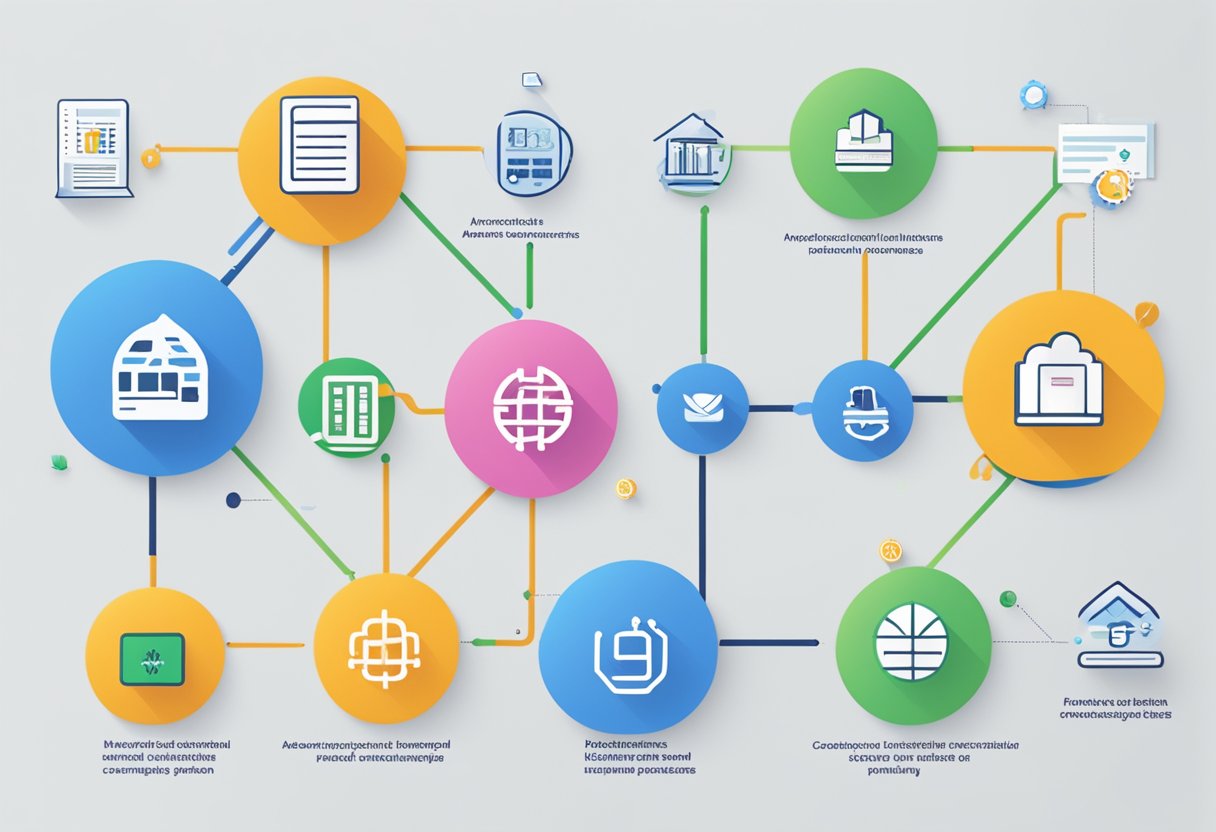Automated Clearing House, commonly known as ACH, is an electronic network used for financial transactions in the United States. This network allows banks and other financial institutions to process large volumes of debit and credit transactions in batches. ACH transactions include direct deposits, payroll, consumer bills, tax refunds and payments, as well as business-to-business payments. ACH Integration Providers offer services that facilitate the seamless integration of ACH payment processing capabilities into businesses’ financial systems, enabling them to manage transactions more efficiently and cost-effectively.

ACH Integration Providers offer a critical service to businesses looking to enhance their payment processing infrastructure. By integrating ACH processing, businesses can automate payments, reduce errors, and lower transaction costs compared to traditional methods such as paper checks or wire transfers. These providers work with the ACH Network to ensure that the transmission of payment data is secure and compliant with the evolving standards and regulations set by the National Automated Clearing House Association (NACHA), the organization that oversees the ACH Network.
With their focus on efficiency and reliability, ACH Integration Providers play a pivotal role in the optimization of payment processing for companies across various industries. They enable businesses to leverage the benefits of the ACH Network, which include the facilitation of both one-time and recurring payments. The integration solutions offered are designed to fit with a company’s existing financial systems, ultimately contributing to streamlined back-office operations and improved cash flow management.
Understanding ACH and Its Benefits to Businesses

Automated Clearing House (ACH) payments provide a secure and cost-effective means for businesses to handle transactions. This system enhances cash flow management, particularly beneficial for small businesses.
The Basics of ACH Payments
ACH payments are electronic payments made through the Automated Clearing House Network. This network facilitates the transfer of funds between bank accounts with either an ACH credit, which pushes funds into an account, or an ACH debit, which pulls funds out. ACH credits are typically used for direct deposit of salaries and vendor payments, while ACH debits are used for bill payments and other money withdrawals.
Advantages of Using ACH for Transactions
Using ACH for transactions offers several key advantages for businesses:
- Cost-Effective: ACH often incurs lower fees compared to credit card or wire transactions, particularly for businesses that handle large volumes of payments.
- Reliable: The ACH Network provides a reliable method to process payments securely, ensuring funds are correctly transferred between accounts.
- Cash Flow Improvement: Timely transactions through ACH help maintain consistent cash flows, critical for effective financial management.
Businesses count on ACH’s reliability for efficiency in their operations, benefiting from smoother cash flow and reduced transaction costs.
ACH for Recurring Billing and Subscriptions
Businesses that operate with subscription-based models or require recurring billing find ACH particularly advantageous:
- Consistency: ACH allows for the consistent timing of payments, aiding in accurate forecasting and financial planning.
- Customer Convenience: Customers enjoy the simplicity of setting up automatic payments, reducing the likelihood of missed payments.
For small businesses managing regular, recurring transactions, ACH simplifies processes, reduces administrative overhead, and ensures timely, predictable income.
Selecting the Right ACH Integration Provider

Selecting the right ACH integration provider is crucial for efficient payment processing. It involves evaluating features, costs, developer support, and customer service to make an informed decision.
Key Features to Look for in Providers
When reviewing ACH Integration Providers, businesses should look for security measures to protect transactions and data. Processing tools and application compatibility are important for operational efficiency. Providers should offer robust APIs for flexible integrations, enabling businesses to tailor payments processing to their specific needs.
- Security: End-to-end encryption, fraud detection
- Processing Tools: Recurring billing, real-time processing updates
- Applications: Mobile app support, online dashboard
- APIs: Documentation quality, language support
APIs and Developer Support for Seamless Integration
Developer support is a cornerstone of an effective ACH integration, ensuring that APIs are easily accessible. High-quality APIs should allow developers to integrate payment processing seamlessly into existing business systems.
- API Quality: Reliability, robustness, ease of use
- Developer Tools: SDKs, thorough documentation, active developer communities
Customer Support and Service Reputation
ACH Providers pride themselves on customer support and service reputation. Positive customer satisfaction trends are indicative of a provider’s reliability and the quality of their support. It’s essential to verify the reputation through third-party reviews and customer feedback to gauge responsiveness and expertise.
- Customer Support: 24/7 availability, knowledgeable staff
- Reputation: Positive reviews, high customer satisfaction rates








